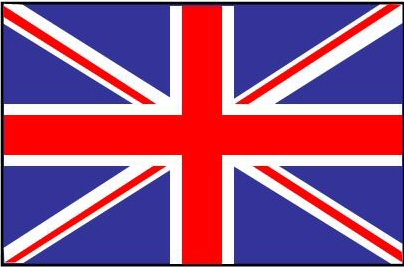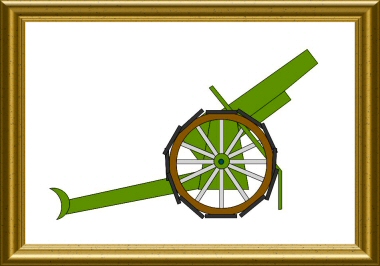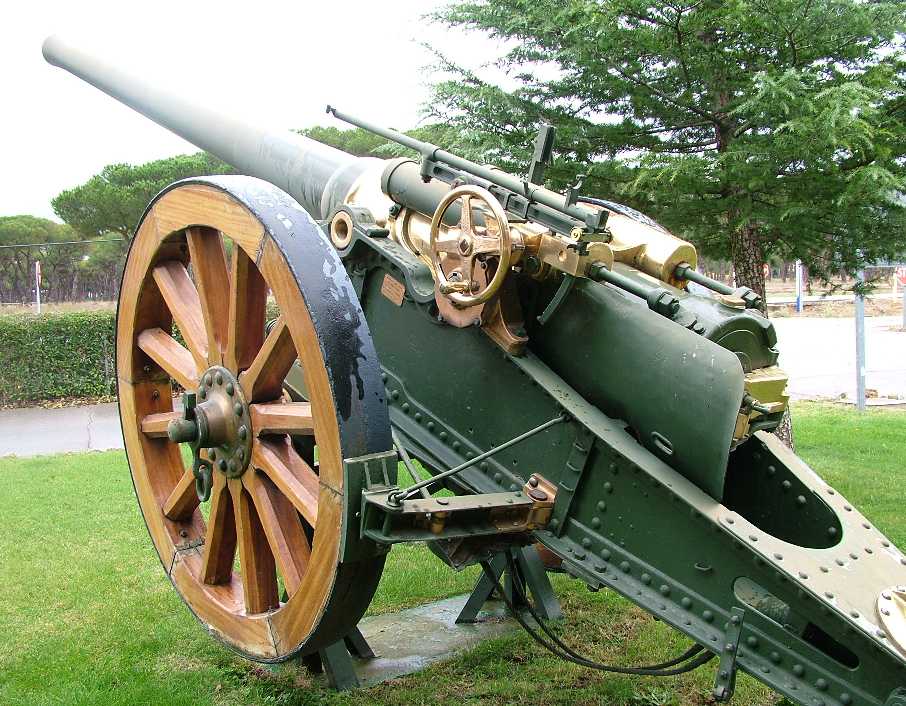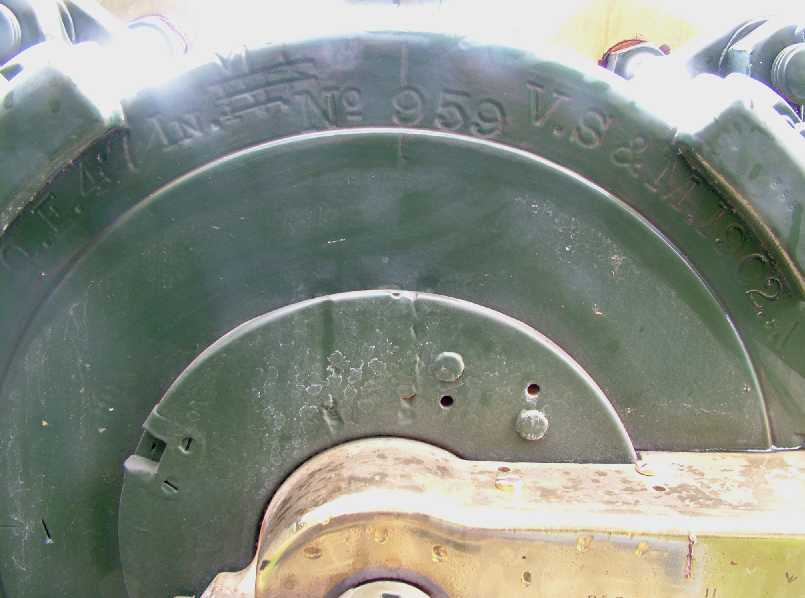|
|
|
|
|
|
|
 Great Britain
|
QF 4.7-in. field gun Mk. I |
 Heavy artillery
|
|
|
Contributor :
Not posted on the blog
|
Location :
Spain
Valladolid
Artillery Park
Coordinates :
Lat : 41.63530 / Long : -4.72610
|
General comments on this surviving gun :
Identical items in the same location :
1
Items covered by this file :
1
|
|

|

|
|
Precise location unknown. The picture doesn't show the short carriage trail
|
Zoom on the breech markings 'QF 4.7 in VI (?) - Nr 959 - VS&M 1902'
|
|
|
|
Historic and technical information
|
|
Denomination :
QF 4.7-in. field gun
|
Origin :
 (
Royal Ordnance Factory)
(
Royal Ordnance Factory)
|
|
Historic context :
The 4.7 inches barrel was introduced as a naval and coastal gun in 1888. But the urgent need of heavy long range guns for british troops during the Boers War incited the Royal Navy officer, Captain (and future Admiral) Percy Scott, to remove some tubes from three cruisers and mount them on improvised wooden carriages to become heavy field guns.
Later, a new steel carriage was designed (with spring recuperator, oil buffers and recoil-spade) to form the 'QF 4.7 inches MkI field gun'. The length of the tube, associated with the short and massive carriage gave this gun an excessive weight for its calibre, and a propension to dig its spade in the groung at each shot. Moreover it was cumbersome and unstable during fire, so crews never appreciated it.
Anyhow, its success in South Africa was so popular that by political decision 30 batteries of such guns were ordered in 1903, although the modern 5 inches 60 Pdr was in development. As a consequence, these obsolete and average quality guns were used extensively in 1914-1915 on the Western Front, and slowly replaced by 60 Pdr. They were officially removed from active service on the Western Front in 1917, but continued to operate on side fronts and stayed in service until 1922.
|
Technical data :
- Complete description : Ordnance Quick Fire 4.7 inches field gun Mark I
- Design year : 1903
- Calibre : 119.40 mm (4.7 in)
- Weight in firing position : 3819 kg
- Weight for transportation :
- Tube length in calibres : 40.00
- Grooves : 0
- Projectile weight : 21.1 kg
- Initial speed : 655 m/s
- Fire rate :
- Range : 9144 m
- Elevation range : -6 to +20 degrees
- Direction range : none
|
Sources
|
-
Allied Artillery of World War One Ian V. Hogg Crowood 1998
-
British Artillery 1914-19, Field Army Artillery Dale Clarke Osprey Publishing 2004
|
|